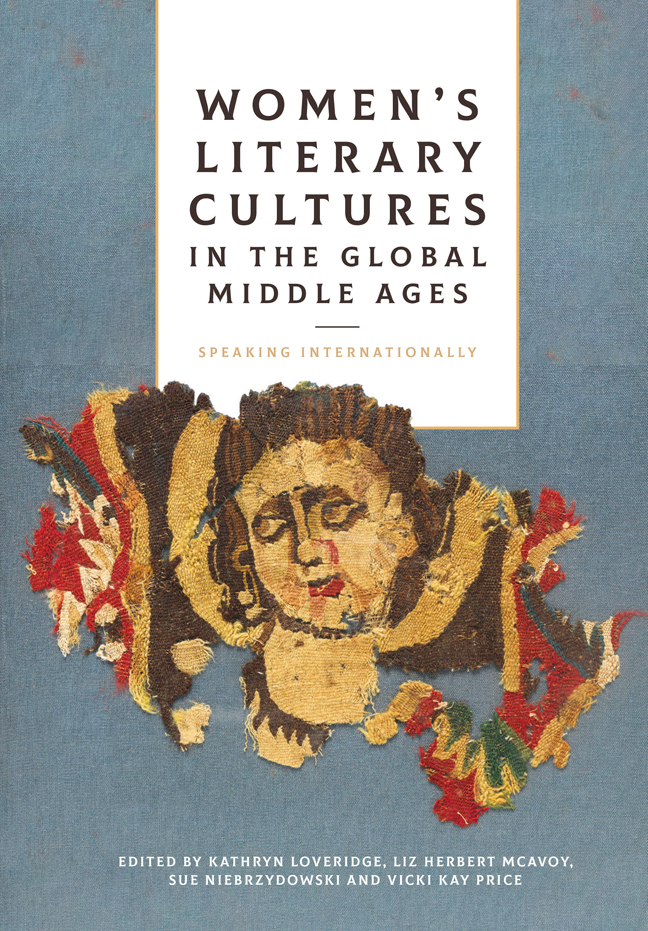Book contents
- Frontmatter
- Contents
- Foreword
- Acknowledgements
- List of Abbreviations
- Book part
- 1 Comparison and Dialogue
- 2 Constructing Gender and Genre
- 3 Saintly Performance and Marian Piety
- 4 Evidence and the Archives: Revisiting and Reconsidering
- Afterword: Intersectionality and Coalitions
- List of Contributors
- Bibliography
- Index
- Gender in the Middle Ages
10 - Speaking Internationally in Female Communities on the Eastern Borders of Medieval Europe
Published online by Cambridge University Press: 09 January 2024
- Frontmatter
- Contents
- Foreword
- Acknowledgements
- List of Abbreviations
- Book part
- 1 Comparison and Dialogue
- 2 Constructing Gender and Genre
- 3 Saintly Performance and Marian Piety
- 4 Evidence and the Archives: Revisiting and Reconsidering
- Afterword: Intersectionality and Coalitions
- List of Contributors
- Bibliography
- Index
- Gender in the Middle Ages
Summary
Female religious communities on the eastern borders of medieval Europe were active centres involved in the development of written culture. They created inspirational cultural milieus that supported processes of female education and the self-assertion of medieval women. They promoted the reception of vernacular texts and facilitated a rapid development in the translation of Latin texts into national languages, especially in multilingual lands. This essay focuses on the role of female religious communities in the region, focusing particularly on the model cases of some influential and significant religious communities in the Kingdom of Bohemia. Manuscripts written in the vernacular will constitute the primary sources for this short study, which also offers a detailed examination of the general development of vernacular texts and manuscripts in the region. It is also indebted to all those hitherto underestimated and underexamined female religious communities in this territory that have long stood in the shadows of their counterparts elsewhere. This essay therefore aims to give them back their esteemed positions within medieval society and to insert them into the stream of current research on wider European female communities, in order to help them ‘speak internationally’.
TERRITORY
Central European lands were cultural areas with many specific features. Their position close to eastern European borders was significant, especially in terms of the cultural influence: positioned on the borders of the Latin world, these regions were active places of cultural interchanges and transmissions between eastern and western parts of Europe. Moreover, their complicated political histories determined the shape of the multilingual societies living within them. The mixture of German-speaking and Slavic inhabitants, for example, created specific conditions (especially in those regions constituting the current Poland and Bohemia – the latter now part of the Czech Republic). The intertwining of both languages against the background of Latin as the language of intellectual groups was typical, especially in the high middle ages, whereas the late middle ages bore witness to a significant victory of national languages over Latinate culture in these territories. In this essay, I understand the term ‘speaking internationally’ as signifying the way in which religious groups cooperated in these linguistic processes and how they adopted new trends.
- Type
- Chapter
- Information
- Women's Literary Cultures in the Global Middle AgesSpeaking Internationally, pp. 193 - 208Publisher: Boydell & BrewerPrint publication year: 2023



